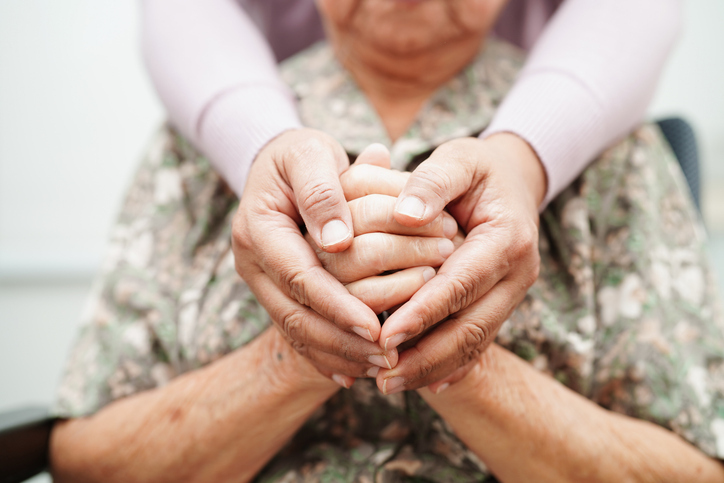Last June, the month he turned 90, Dr. Arnold S. Relman, the eminent former medical educator and editor, fell down a flight of stairs at his home in Cambridge, Mass. He cracked his skull and broke three vertebrae in his neck and more bones in his face.
and editor, fell down a flight of stairs at his home in Cambridge, Mass. He cracked his skull and broke three vertebrae in his neck and more bones in his face.
By the time he arrived at the emergency room, blood was flowing into his brain and impinging on his windpipe, leading to severe choking and dangerously low oxygen levels. Surgeons cut into his neck to connect a breathing tube from his trachea to a mechanical respirator.
Amid the disciplined medical havoc, his heart stopped three times. Resuscitation efforts saved his life, but at the cost of several broken ribs. His condition remained precarious as he developed complications and endured still more medical procedures.
Astonishingly, he lived to write about all this. After a painful 10-week hospital stay and months of rehabilitation, he can walk — gingerly, with a cane — and is largely recovered, with his mental faculties intact.
His riveting account of the medical adventure, in the Feb. 6 issue of The New York Review of Books, is a testimonial to the best emergency medical care and a tremendous will to live. At the same time, however, it betrays a surprising lack of awareness of some critical aspects of the medical profession and the nation’s fragmented health care system.
Despite decades as a medical educator, researcher, author and editor of The New England Journal of Medicine, Dr. Relman confesses that he “had never before understood how much good nursing care contributes to patients’ safety and comfort, especially when they are very sick or disabled.” Nor did he appreciate the hypnotizing effects of technology, which robs patients of the physician’s bedside manner and affects the training of younger doctors.
How is it that a leading medical professor like Dr. Relman — who has taught hundreds of young doctors at Boston University, the University of Pennsylvania (where he was chairman of the department of medicine) and Harvard — might not have known about the value of modern-day Florence Nightingales?
A number of doctors who have talked to me about Dr. Relman’s article suggest that the culture of medical education may be largely to blame. For example, younger doctors in hospitals spend part of the day on rounds, following professors in their long white coats. Many of these august figures are supremely confident in their observations and opinions; others are more compassionate.
What professors impart on those rounds can have a major effect on the behavior of younger doctors when they go into practice and teach succeeding generations.
Dr. Relman’s initial care was in a major teaching hospital, Massachusetts General in Boston, where the kind of doctors he taught — students, interns and residents — provided the round-the-clock attention that kept him alive. Yet he did not write directly about their role, referring to them only as “a team.”
On their rounds, some medical professors prefer to talk in a hallway just outside the patient’s room as they discuss test results that are crucial in planning further care. Such behavior appears impersonal, perceived perhaps as a way of shielding bad information.
But many doctors see it as efficient, because they can note the information they deem most important — like heart rate, blood pressure and rate of intravenous drip — by standing at a patient’s door and looking in at the monitors. Feeling no need to go to the bedside, they do not. Instead they rely on nurses, failing to recognize that such behavior omits crucial elements in patient care — the physical touch and the personal touch.
Dr. Relman owes the extension of his life to drugs and devices that did not exist in their present form, if at all, when he was younger. Over the years, the surge in the number of such advances, and most importantly in their hazards, has made work vastly more complicated for doctors, nurses and other health workers. Despite the advantages of technology, tender, loving care from family and nurses is priceless, as is the bedside manner of a sympathetic doctor.
But technology’s monitors, images and devices can deflect that doctor’s attention, as Dr. Relman learned when he reviewed his hospital records and the notes he wrote to nurses and his wife, Dr. Marcia Angell (particularly while he was unable to speak because of the breathing tube).
Instead of descriptions of his appearance and feelings, the doctors’ progress notes in his electronic medical records were filled with technical data. “Conversations with my physicians were infrequent, brief and hardly ever reported,” he wrote, adding:
“What personal care hospitalized patients now get is mostly from nurses. When nursing is not optimal, patient care is never good.”
Many hospital administrators have cut nursing staffs. They say it is to make ends meet; many doctors say it is usually to increase the bottom line.
Nurses’ observations and suggestions have saved many doctors from making fatal mistakes in caring for patients. Though most physicians are grateful for such aid, a few dismiss it — out of arrogance and a mistaken belief that a nurse cannot know more than a doctor.
In many ways, Dr. Relman’s insights reflect changes and generational gaps in training doctors, nurses and other health professionals. Because these disciplines have traditionally been taught in separate silos, they often do not work as tightly as they should.
Now, as health care financing changes and doctors spend more time training in outpatient settings, a growing movement demands coordinating the education of health professionals to prepare them to work more smoothly in teams. If these efforts succeed, perhaps the next generation of doctors will no longer be surprised at the importance of nurses and other allied professionals.
Source: Well: NY Times





